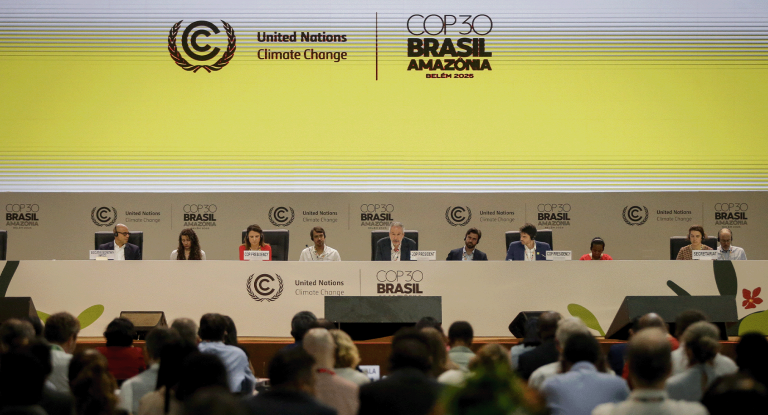The role of financial institutions in climate action

With increasing concern about climate change, financial institutions have the opportunity to play a key role in the transition to a more sustainable economy. In this context, financed emissions have become a crucial issue, as they represent the indirect environmental impact generated by the investment and financing decisions of banks and funds. However, the real challenge lies in how financial institutions map these emissions and integrate them into their long-term strategy.
Why financed emissions matter
For the financial sector, the largest volume of Scope 3 emissions is concentrated in a single category, category 15, related to investments. An analysis by CDP shows that more than 90% of a financial company’s emissions can come from its investments, so although they are not directly responsible for these emissions, their decisions about the companies and projects they finance have a direct impact on the environment and climate change.
Tracking financed emissions is not only essential to comply with regulations and standards but has also become a strategic tool for managing risks and opportunities. By knowing the environmental impact of the companies and projects being financed, financial institutions can make better-informed decisions, directing resources towards more sustainable sectors and actors aligned with emissions reduction. This insight also allows them to anticipate future regulatory requirements and improve their competitiveness in the market.
The role of finance in a more responsible economy
In addition to their internal management, financial institutions have the power to promote significant changes in the companies they lend to or invest in. By incorporating sustainability criteria into their financing decisions, they can influence corporate strategies and encourage the adoption of more responsible practices. This financial pressure can accelerate the transition to more sustainable business models, transforming key sectors such as energy, agriculture and industry.
The first step for companies that want to take action is to measure and understand the magnitude of their emissions, which will allow them to establish a starting point for managing them effectively. There are several ways to approach managing financed emissions, one of which is to prioritize the most intensive activities in the portfolio or the customers with the highest levels of emissions.
At WayCarbon, we have developed a solution that helps organizations with this prioritization, based on potential impact. We conduct a portfolio or value chain analysis, identifying the areas with the greatest potential for impact based on the sector, size and emissions of the companies, making it easier for organizations to make informed decisions.
Strategic benefits of managing financed emissions
Finally, in a scenario where sustainability is increasingly a differentiator, financial institutions that take the lead in managing their financed emissions will not only be aligned with global expectations, but will also build a competitive and reputational advantage. As investors, customers, consumers and regulators demand greater transparency, these institutions will be able to strengthen their reputation, mitigate risks and, most importantly, contribute to a more sustainable future for all.
Financial institutions have a unique opportunity to be agents of change in the fight against climate change. By mapping and managing emissions financing, they can, not only mitigate risks, but also become leaders in sustainability. It is important to highlight the need for action to take the next step and transform the impact that finance decisions have on the future.
WayCarbon has over 18 years of experience in supporting organizations to manage their financed emissions. We offer a fully customized and integrated approach so that each project is aligned with the organization’s goals and commitments and results in real and measurable impact.

 EN
EN  ES
ES PT
PT



